Forget the birds and the bees—some species have evolved to skip the dating scene entirely. From virgin births to self-cloning, these creatures have mastered the art of solo reproduction. Here are 10 animals that don’t need a partner to keep their bloodline going.
1. Komodo Dragons
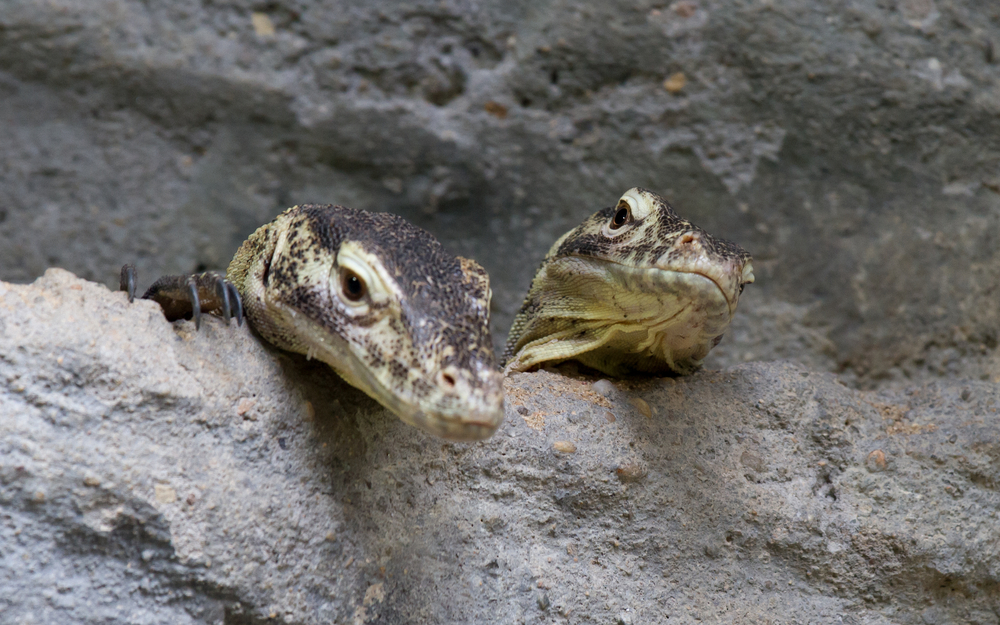
The world’s largest lizards can switch to asexual reproduction when mates are scarce—a process called parthenogenesis. In 2006, a female Komodo dragon at London’s Chester Zoo shocked scientists by producing viable eggs without ever encountering a male. Genetic testing confirmed the offspring were exact clones of their mother. While this isn’t their preferred method (sexual reproduction creates healthier genetic diversity), it’s a handy backup plan for isolated females. According to PubMed, this reproductive plasticity allows Komodo dragons to alternate between sexual and asexual reproduction depending on environmental conditions.
2. Whiptail Lizards

All whiptail lizards in the Aspidoscelis genus are female—and they’ve been thriving for millions of years without males. They reproduce via obligate parthenogenesis, where eggs develop into embryos without fertilization. Even weirder? These lizards still engage in mating behaviors to stimulate egg production. They take turns “playing male,” mounting each other in a ritual that boosts reproductive hormones. Evolution really said, “We don’t need men.” Insights from American Museum Novitates explain how hybridization and parthenogenesis have shaped their unique reproductive strategies.
3. Zebra Sharks
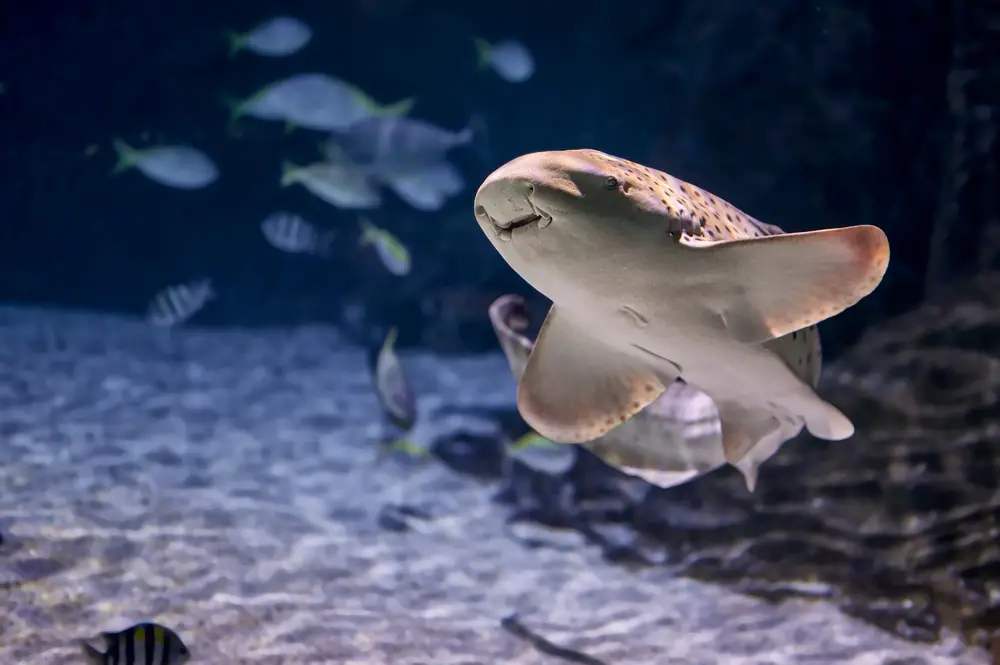
In 2016, a zebra shark named Leonie at Australia’s Reef HQ Aquarium made headlines when she produced three pups after years of separation from males. Scientists confirmed it was facultative parthenogenesis—a rare but documented phenomenon in sharks. What’s wild is that Leonie had previously reproduced sexually, proving some sharks can switch between reproductive modes. Her case has reshaped how aquariums manage breeding programs for endangered species. According to HowStuffWorks, Leonie’s ability to switch from sexual to asexual reproduction is a groundbreaking discovery in shark biology.
4. Amazon Mollies
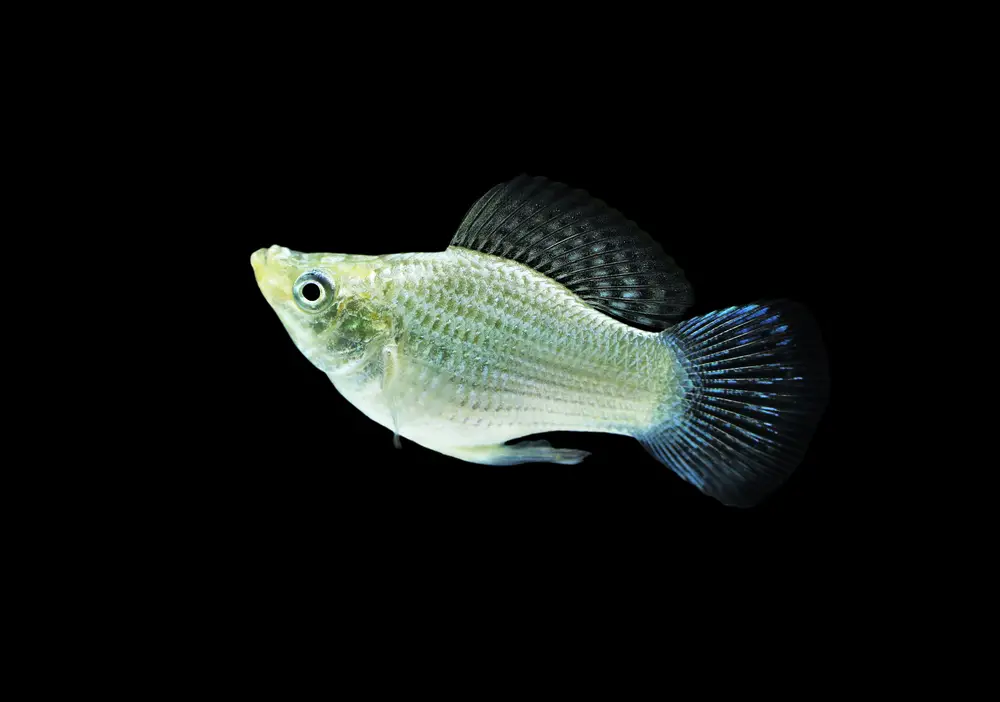
This all-female fish species (Poecilia formosa) is nature’s ultimate freeloader. They can’t reproduce on their own, but they don’t need males of their own species—they trick males of related species into fertilizing their eggs, then ditch the paternal DNA. The offspring are clones of the mother, with the male’s genetic material discarded. It’s like using a sperm donor just to kickstart the process, then ghosting him. Ruthless efficiency. According to Texas A&M University, their genome sequencing reveals how this asexual species avoids genetic decay, defying evolutionary expectations for clonal reproduction.
5. Water Fleas
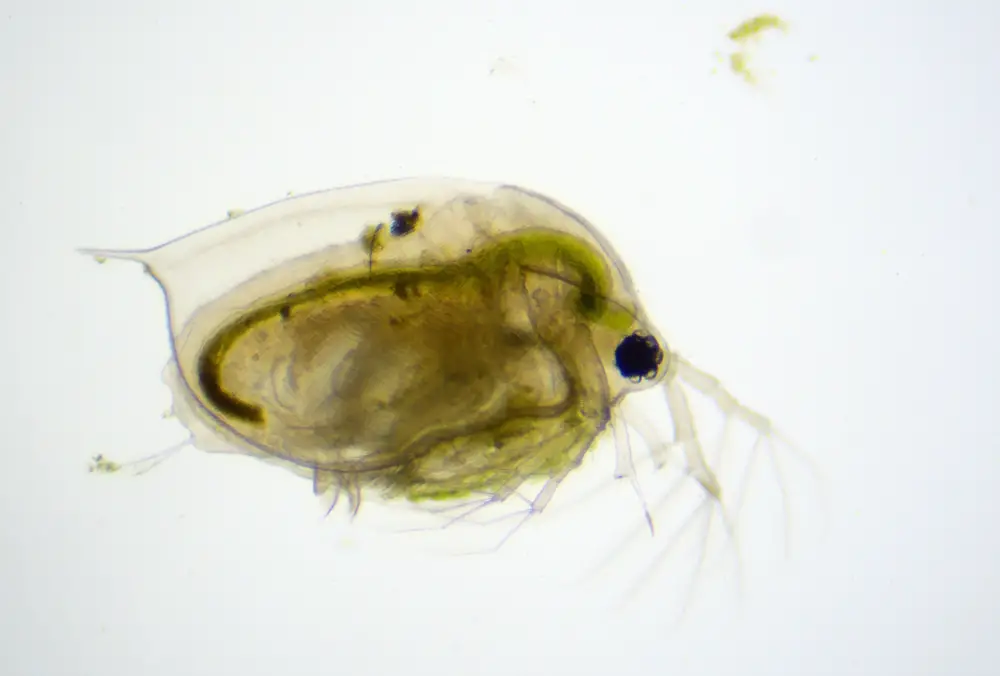
These tiny crustaceans (*Daphnia*) alternate between sexual and asexual reproduction depending on the season. When conditions are good, females pump out clones of themselves. When things get tough (like drought or food scarcity), they produce males and switch to sex.
Their asexual eggs are essentially photocopies of the mother, complete with all her genetic strengths (and weaknesses). It’s like a reproductive “easy mode” for stable environments.
6. Boa Constrictors
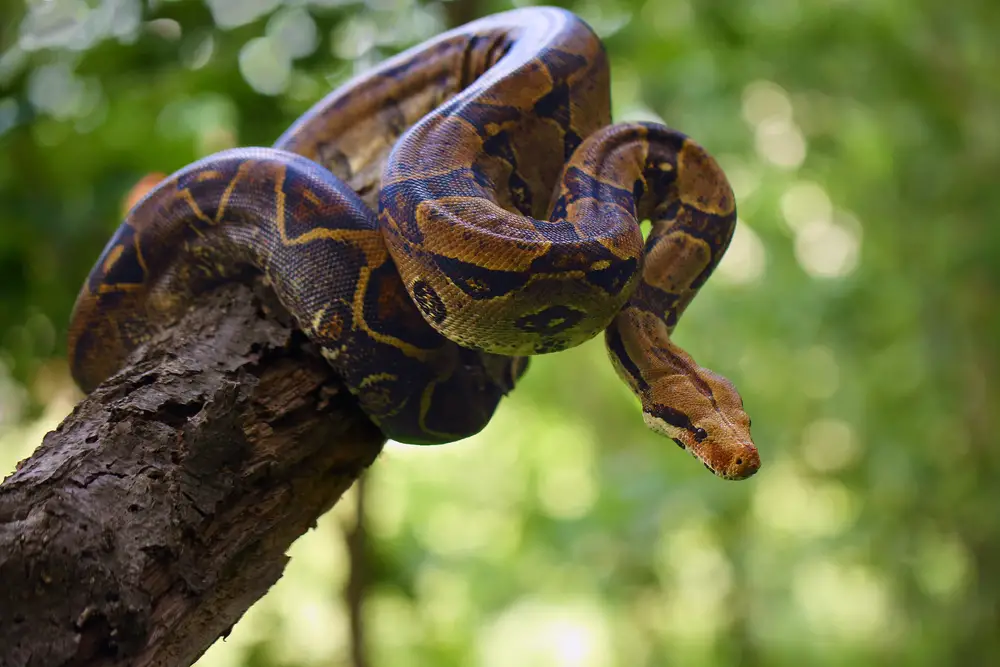
In 2010, a female boa in the U.K. gave birth to 22 babies—despite living alone for years. Genetic testing confirmed the litters were produced via parthenogenesis, marking the first documented case in boas.
Unlike some reptiles that only produce males this way, the boa’s offspring were all female and genetically diverse enough to survive. Researchers suspect this ability might be more common in snakes than previously thought.
7. Stick Insects

Some stick insect populations (*Timema*) have gone entirely female for over a million years. They reproduce through **automixis**, a form of parthenogenesis where the mother’s chromosomes shuffle slightly to create variation.
A few species can mate with males, but they often don’t bother. Why waste energy on courtship when you can just clone yourself and call it a day?
8. Turkeys
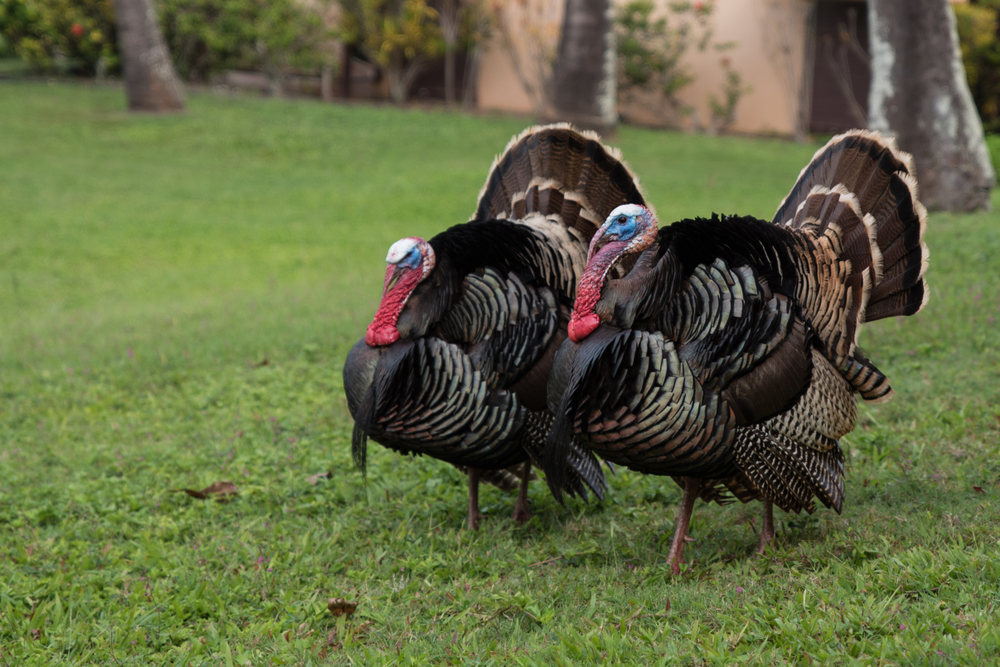
Believe it or not, virgin births occasionally happen in turkeys—a phenomenon called **spontaneous parthenogenesis**. In the 1950s, scientists bred a strain of Beltsville Small Whites that frequently produced unfertilized eggs with viable embryos.
The catch? The offspring are always male (due to birds’ ZW sex-determination system), and they’re usually sterile. Still, it’s a weird flex for a bird best known for being Thanksgiving dinner.
9. Sawfish

Endangered smalltooth sawfish in Florida have resorted to parthenogenesis in the wild—the first documented case in a vertebrate under natural conditions. Researchers found that about 3% of the population were born without fathers.
This discovery raised concerns: while helpful for dwindling species, it’s a Band-Aid solution. Lack of genetic diversity could make the population more vulnerable to disease.
10. Cape Honey Bees

Worker bees in this South African subspecies (*Apis mellifera capensis*) can lay eggs that develop into females—normally impossible in honeybee genetics. Even weirder, these eggs can hatch into *fertile* workers, creating a hierarchy of clone-producing bees.
This ability has caused chaos in managed hives, where these workers sometimes overthrow the queen. Beekeepers call it the “Capensis Calamity”—a bee version of a feminist uprising.
